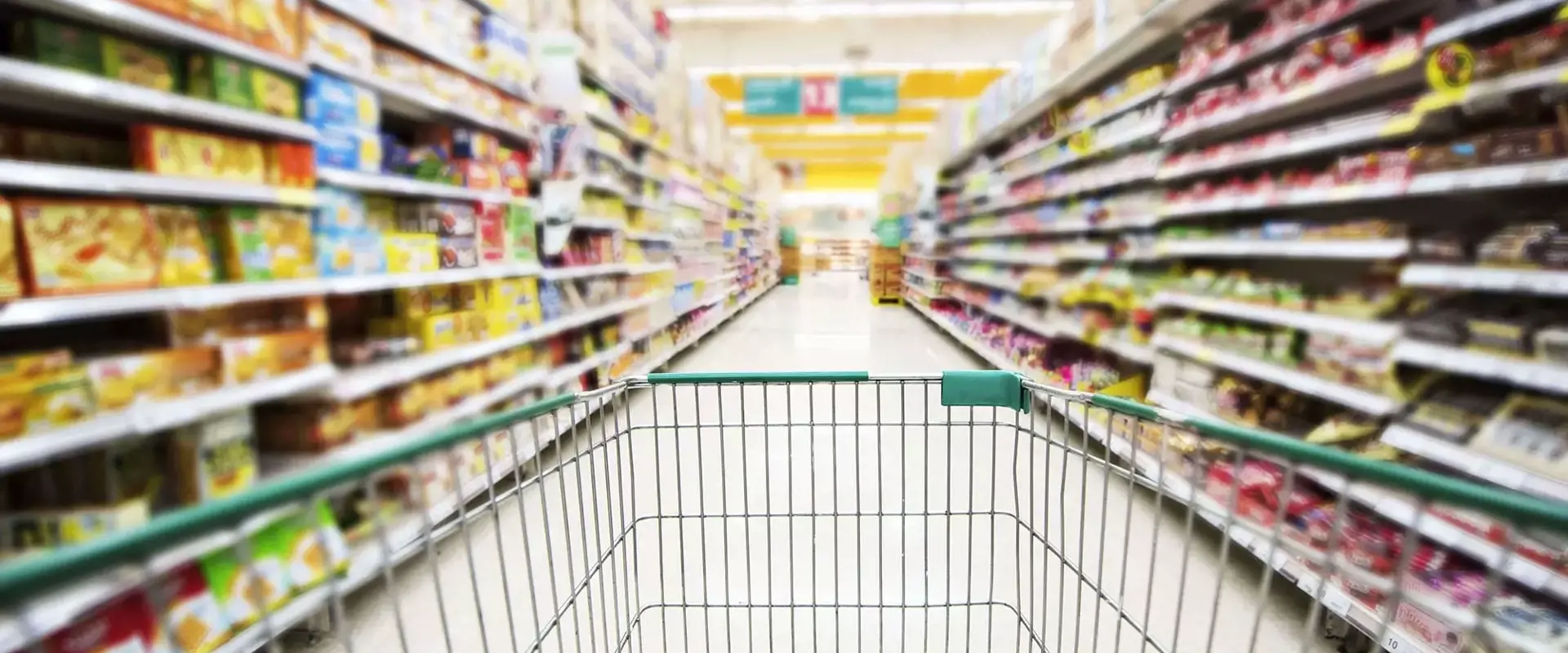
What's the value behind customer journey analysis?
A cart or a basket is much more than just a shopping asset: it follows the customer closely during the entire shopping experience. Locating such assets has gained significant attention over the last years, as a way to measure and analyse the in-store customer journey and identify where improvements can be made, just like e-commerce.
- Identify and measure traffic that equals to sales opportunities
- Measure the optimal engagement time for each category
- Identify correlations between categories and products
Customer journey analysis means mapping the full customer journey from entrance to checkout. This information can give retailers useful insights for strategic decisions regarding store layout and category management and a way to identify new sales gains.
There are different ways to map the in-store customer journey. What is important is (i) the possibility to precisely (i.e. with sub-meter accuracy) track the location of shoppers while in-store, and (ii) the possibility to merge different sources of data, such as the in-store journey and POS data. Tracking at any given time the location of carts and baskets throughout the entire sales floor, can address the first point, whereas appropriate business logics and AI algorithms can serve the second point.
Let’s discover the three reasons why in-store location of carts and baskets is so valuable for a supermarket.
Identify sales opportunities
Rule number one for sales to happen: to be able to sell a product and brand, customers need to be there. It is a fact: if you want a sale in the snack and beverage aisle, customers need to visit the place where the product category is located.
Now, here is the point. Sales data only give this information when the actual sale takes place (as recorded in the receipt); however, by just looking at this information, you are missing out on the key data points about missed opportunities, that is, customers visiting a section of the store but not buying. This is why in-store customer journey analysis is useful for your retail business: it helps you measure and identify sales opportunities for all your product categories.
You may also like to analyse how the different areas of the store are performing in terms of traffic: the centre vs. the perimetral areas, the end-caps, the fresh vs. the frozen area and so on and so forth.
Getting to know your sales opportunities - based on traffic, patterns and behaviours - helps you to test and benchmark different layouts and formats. Traditionally, when a layout is not working as expected, you simply roll back to the previous format with a major impact on costs and wasted time. Having the opportunity to continuously measure, analyse and fix what’s not working can be a huge benefit to run more effective stores.
Measure the engagement time
Customers need not only to visit the different areas of the store, but they also need to engage with products on displays for a certain amount of time for a sale to take place. The optimal engagement time for each product category varies a lot according to its role, whether it is a routine or a seasonal product category. Engagement reflects the intent of a customer and can be extremely relevant in understanding products’ performance. As an example, for routine product categories, a few seconds of engagement time is fine as these are products bought on a regular basis, and shoppers tend to always buy the same brand. On the contrary, seasonal products might require a little more investigation to assess their freshness or compare prices.
Engagement time varies also based on the type of product itself: organic cereals might require more time than regular ones or local artisan beers more than industrial ones.
In-store location of carts and related customer journey analysis allow to measure where and for how long customers spend their time or, in other words, the interest around a product category and area of the store. Be careful though, long engagement times do not necessarily mean high interest but rather that customers cannot find what they are looking for or they need some support.
Identify category progressions
Last but not least, knowing how carts and baskets move throughout the store helps the retailer to analyse patterns and trends across different product categories and identify correlations between products visited. This allows the decision-makers to further analyse if store layout and category placements reflect the set strategies for the management of the category or to validate new product positionings.
This can prove to be extremely powerful, especially when linked to customer segmentation and profiling: being able to tailor the products positioning and merchandising strategies to a specific buyer persona is what creates loyalty and eventually sales gains.
In conclusion, there is a lot of information hidden behind the in-store location of carts and baskets. By tracking shopping carts and baskets, the retailer can map the full customer journey from entrance to checkout, analyse flows and identify new opportunities to increas esales. This is also what we do and how we support grocery retailers with our product, RetailerIN, so if you want to know more, you can visit the solution page.


